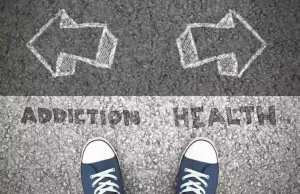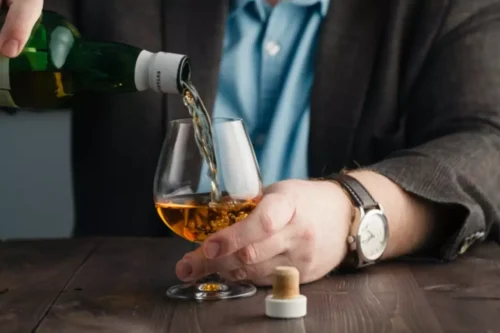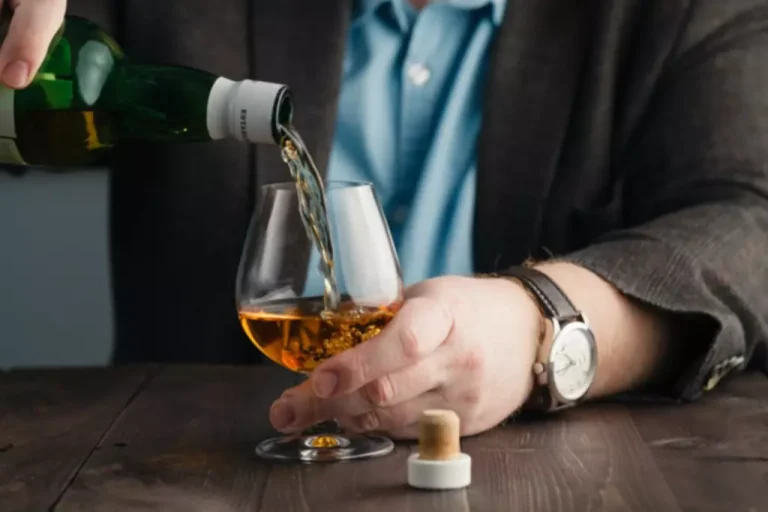
He pointed to a program that the federal government set up in the 1930s in Lexington, Kentucky, that followed this model, but also pointed out that its success rates were low. Before joining Trump’s team, Kennedy campaigned for president on a plan to treat addiction by creating “wellness farms” funded by tax revenues from federally legalized marijuana sales. “I’m going to create these wellness farms where they can go and get off of illegal drugs, off of opiates, but also legal drugs,” Kennedy said at a virtual event during his campaign, billed as a “Latino Town Hall.” Speak to a compassionate admissions navigator, learn more, and begin treatment today. You can also verify your insurance online by using the confidential form. Call us today at There, compassionate admissions navigators can help you enter a treatment plan that suits your individual situation and needs.
Medicine as part of treatment

Blood, urine or other lab tests are used to assess drug use, but they’re not a diagnostic test for addiction. However, these tests may be used for monitoring treatment and recovery. Kennedy has said that at his rehabilitation farms, addicts would grow organic crops, receive training in trade skills, and learn other ways to live in society without using illicit drugs. Whether you’re struggling with drug or alcohol addiction, there are a number of factors to consider when seeking treatment. Finding the right drug or alcohol rehab is a highly personal decision, and the best treatment facility for others may not be the right choice for you.
Sober Living Homes
If you seek help from an outpatient service, you’ll receive professional treatment for a portion of the day, or perhaps even most what is drug addiction of the day. The fear of withdrawal can keep you from taking steps toward recovery. Our admissions navigators are here to help address your fears and guide you.
Substance Use: How Big is the Problem?
Trained staff is available to help support patients during the recovery process, assisting with any co-occurring mental health issues and offering guidance on what steps to take and what tools to use to create and sustain a drug-free life. The American Society of Addiction Medicine (ASAM) created a system to give providers, as well as individuals seeking addiction treatment, a simple way to determine the intensity of treatment that is needed. ASAMs system involves five Sober living home levels of care for drug rehab programs which shape the recommended treatment protocols.
- Whether or not you need inpatient treatment depends upon several factors, and the appropriate type of care for one person may be different than another.
- What’s more frightening is when you’re the one battling a substance use disorder (SUD) or an alcohol use disorder (AUD), and you don’t have a solution to the problem.
- Explore what the stages of addiction are, from initial use to treatment options, and navigate the path to recovery.
- Learn how to redefine your relationship with alcohol, establish healthier habits, and seek effective support.
- By treating mental health and addiction together, individuals gain a deeper understanding of how these issues intersect, fostering more comprehensive recovery outcomes.
- Additionally, some families may have a toxic environment, and involving them may not be safe or beneficial for the person in recovery.
What’s more frightening is when you’re the one battling a substance use disorder (SUD) or an alcohol use disorder (AUD), and you don’t have a solution to the problem. American Addiction Centers provides 24-hour medical detox, premium rehabilitation treatment, and ongoing care. If you’re struggling with an AUD or SUD and are looking for a solution, reach out to one of our admissions navigators.

This guide covers policy details, in-network options, preauthorization, documentation, and appeals for coverage success. The camaraderie and sense of community fostered in group therapy help reduce feelings of isolation and provide valuable motivation to stay on the path to recovery. Peer connections also serve as a reminder that individuals are not alone in their journey.
Support for Co-Occurring Disorders
Inpatient rehab offers 24/7 care, structured therapy, and a supportive environment, helping individuals build resilience and strategies for lasting recovery and wellness. Discover how inpatient rehab durations vary from 28 days to 6+ months. Learn factors influencing stay length, what to expect, and how to achieve lasting recovery. A good first step toward finding the right treatment may be to reach out to a friend, loved one, or support person, or to speak with a physician about options for care. Our admission navigators can help with researching and finding the right facility or program that fits.
- The techniques listed are only a few of the many types of behavioral interventions that can be used to treat children with EBDs.
- Pathways involved in how a person feels pleasure and processes rewards, memory, and decision-making can be altered through substance use.
- While the two terms are often used interchangeably, some programs differentiate between the two.
- Rehabilitation is a transformative process that empowers individuals to overcome drug addiction and build a healthier, more fulfilling future.
- Relapse rates for drug use are similar to rates for other chronic medical illnesses.
- Withdrawal from different categories of drugs — such as depressants, stimulants or opioids — produces different side effects and requires different approaches.

General outpatient services, such as one-on-one meetings with an addiction counselor or therapist, are helpful when you feel stable but still want continued help in managing a substance abuse disorder. You might have an occasional check-in with a counselor who helps you stay accountable in sticking to your recovery goals. PHP is sometimes referred to as day treatment because, although you return home at the end https://ecosoberhouse.com/ of the day, these programs require a fairly large timecommitment—usually of at least 20 hours per week. Services often take place within a facility such as a hospital, where you can easily benefit from services such as different forms of therapy and medication management education. No matter how bleak things may seem, though, it’s never too late to turn to professional intervention to set you on the road to recovery. Whether you’re looking to help yourself or a loved one, deciding on the best path forward begins with understanding the different types of drug rehab and treatment services available.
Residential treatment
The Affordable Care Act (ACA) requires that all insurance plans offered in the ACA marketplace cover addiction treatment to some extent. The Mental Health Parity and Addiction Equity Act requires all health insurers to treat addiction with benefits equivalent to medical treatments. This includes medications, hospitalizations, and inpatient drug rehab. Medication-assisted treatment (MAT) may be offered as part of a resident’s treatment plan.
The Stages of Relapse
The structure and stability of the setting helps you overcome your substance use challenges. Research from the National Institute on Drug Abuse (NIDA) indicates that those who remain in treatment for at least 90 days show greater long-term results than shorter programs. Explore the types of mental illnesses that lead to addiction, and effective integrated treatment approaches.

